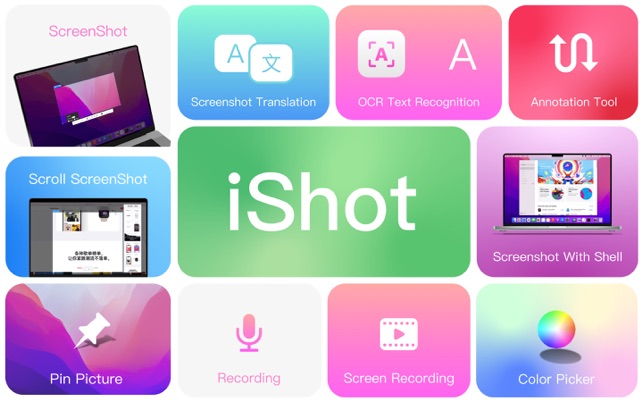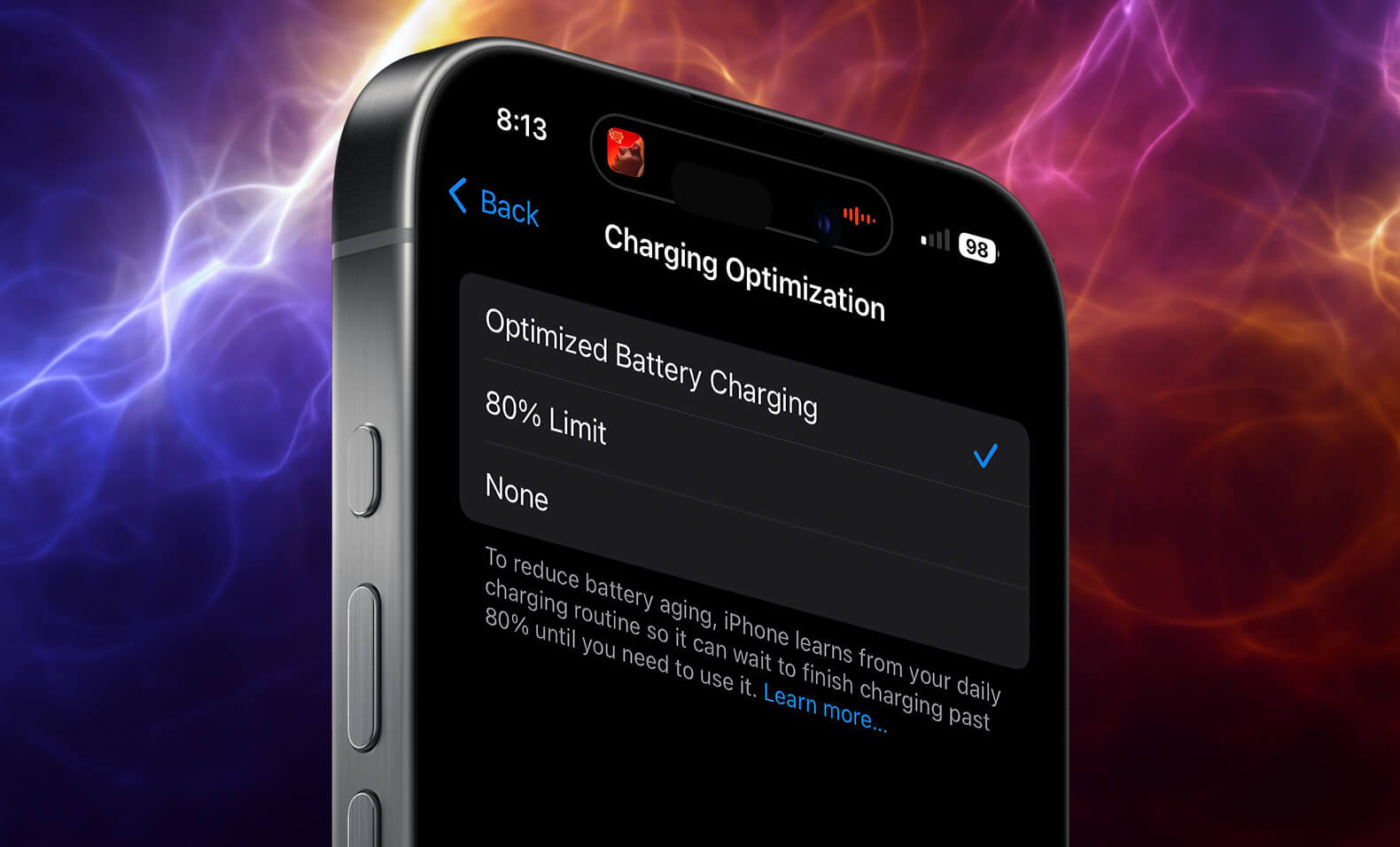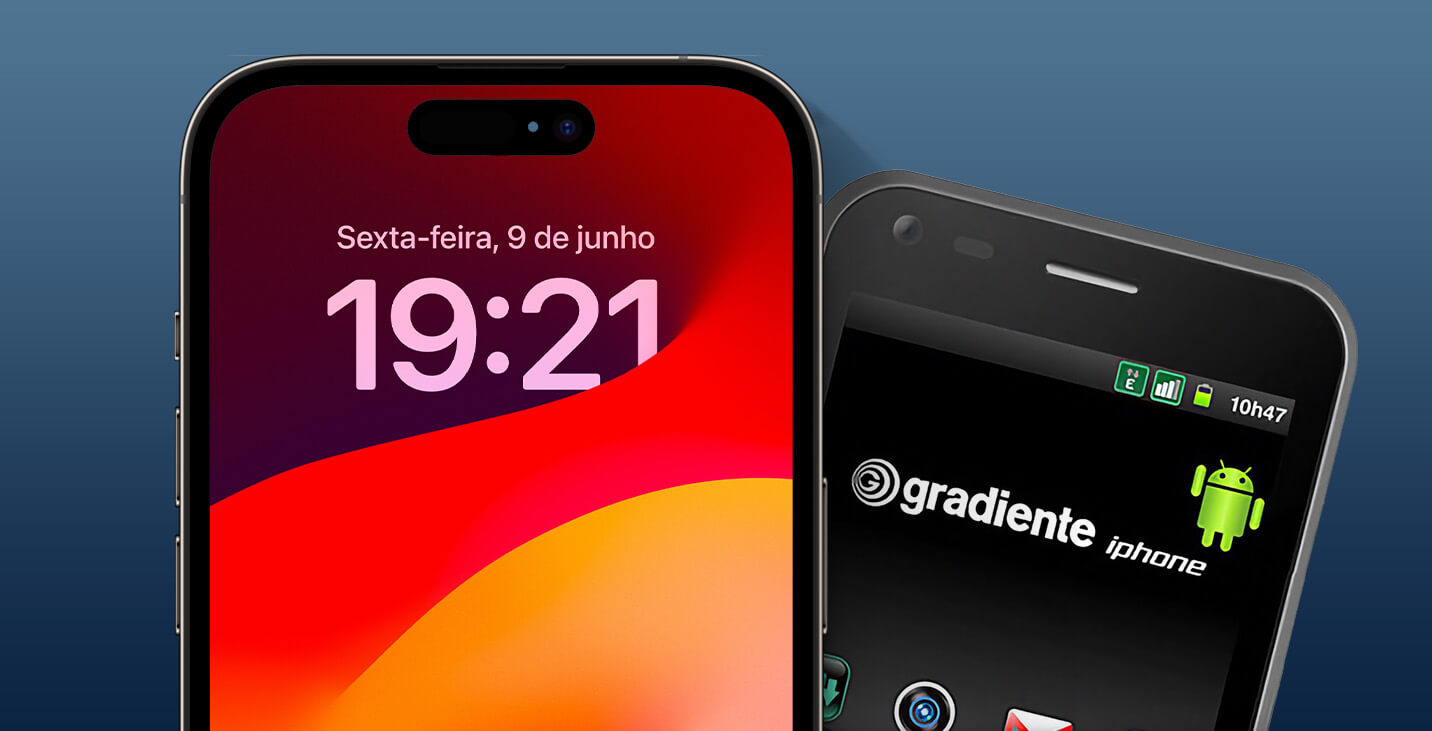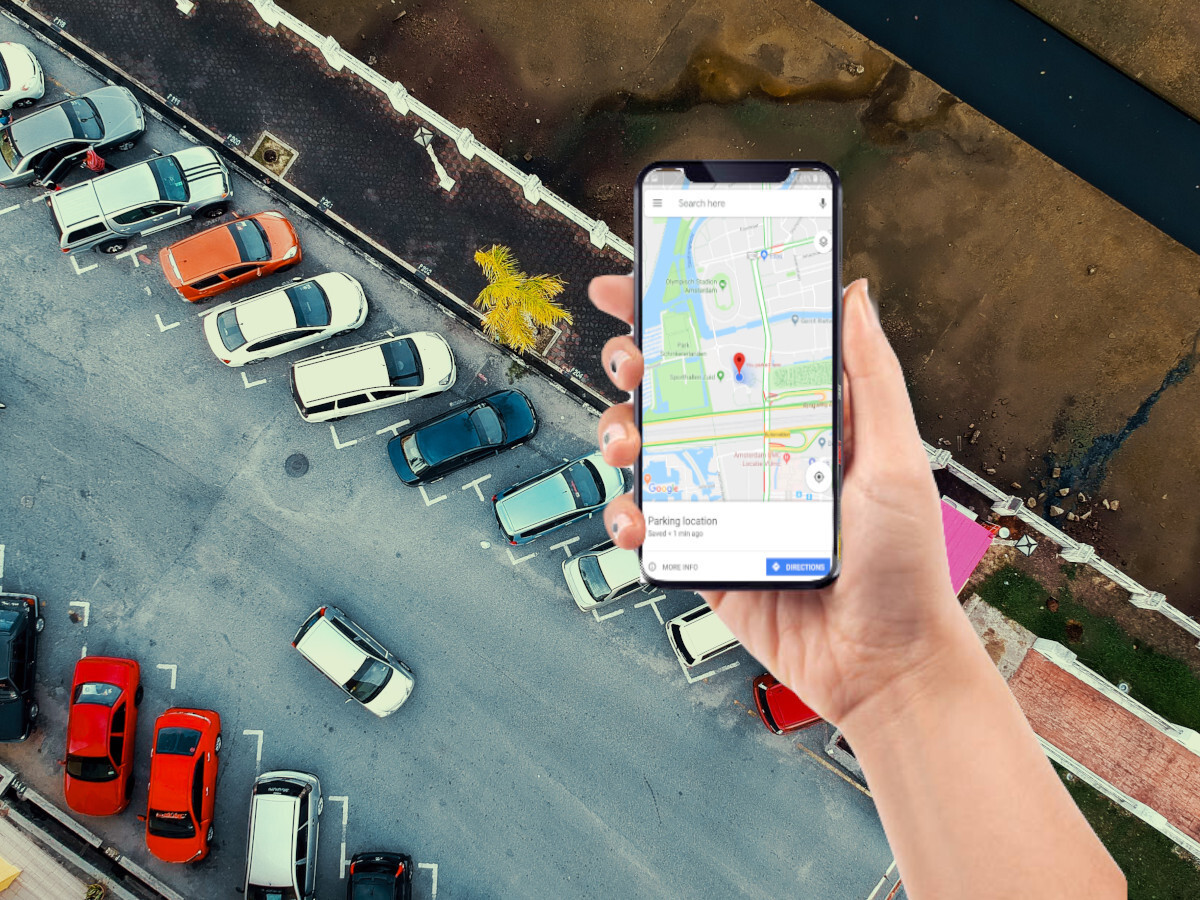
How To Photograph A Concert

Well-executed concert images are epic! But if you’ve overly tried to photograph a concert, you might have found out how difficult those images are to achieve. Your images alimony ending up blurry or too visionless or super grainy.
Unlike with other types of photography, you have zero tenancy over the lighting and environment of the venue. This ways you have to transmute to the environment. You don’t have the option of moving your subject or subtracting light to the scene to transmute the environment to your image.
These challenges midpoint that you’ll need the right gear and strong technical skills to get those epic images. Here’s what you need to know to learn how to photograph a concert!
Photography Equipment
Photography equipment isn’t necessarily the primary indicator of how good your images will be. Unconfined photographers can take wondrous images with smartphones and other vital cameras.
In reality, the biggest factor that makes unconfined images is your skill as a photographer. However, considering of the challenges of concert photography, there are vital pieces of equipment that you will need to get wondrous images.
Camera
First off, you’ll need a proper camera. While a smartphone can work for some other types of photography like macro or supplies photography, concert photography will be tough to pull off. You’ll need an very camera like a DSLR or mirrorless with interchangeable lenses.
If you are ownership a camera with concert photography in mind, make sure to segregate a model with good low-light capabilities. You should be worldly-wise to turn the ISO up relatively upper without introducing a ton of noise into the image.
Lenses
To plicate the low-light capabilities of your camera, you need a lens with a wide aperture. Remember, larger apertures indulge increasingly light into the camera. However, the vent is written as a fraction, f/5.6 for example. Thus, a lens capable of a larger vent will have a smaller number like f/1.2 or f/2.8.
The largest vent settings often come on prime lenses (fixed lenses with one focal length).
However, zoom lenses with their varying focal lengths can be very helpful in a concert setting. You won’t have to be switching between lenses to get the framing that you want.

Plus, it’s possible that you plane miss a shot completely considering you didn’t have the right focal length ready.
A happy medium is the 70-200 f/2.8 lens if you have room for it in your budget. The focal length range gives you versatility, yet the wide vent still allows a lot of light into your camera.
Of course, you can segregate to stick with prime lenses. Just be prepared to transpiration lenses commonly or use multiple camera bodies. Good options include a wide 24mm, a standard 50mm, and a longer 85mm. For the weightier low-light capabilities, squint for maximum apertures of f/1.2 or f/1.8.
Settings
As noted, concert lighting presents significant challenges for photographers. You can’t expect the camera to help you much in a semi-automatic mode like vent priority. With all the variegated lighting inputs, your camera will struggle.
You need to be well-appointed using your camera in full transmission mode to get properly exposed images. Remember that it will probably be visionless and you won’t be worldly-wise to see the settings on your camera very well.
You can set the vital settings that we’ll discuss unelevated surpassing you throne into the concert. However, the goal should be to be well-appointed unbearable with your camera to transpiration the settings by finger rather than by sight.
Let’s go over the settings you’ll typically need to use in a concert environment.
Aperture
Start with the widest vent your lens allows. This will indulge the most light into your camera and indulge you to alimony the other settings less extreme.
Don’t worry too much well-nigh soft images at this aperture. The loftiness between you and your subject is usually unbearable that the depth of field is big unbearable to alimony your subject in focus.
Of course, you can retread the vent as needed for the circumstances.
Shutter Speed
To stave motion blur, you’ll need a fast unbearable shutter speed — which is well-nigh 1/250 or faster. In some cases, you might lower the shutter speed to create an intentional mistiness for a creative image.
If the wreath members are relatively still, you can moreover get yonder with a slightly slower shutter speed. Other images, like prod shots, moreover indulge for a slower speed.
But for the most part, you’ll want to stick with 1/250 or faster.

ISO
When choosing your settings, set the vent and shutter speed first for the conditions you need. If the image is still too dark, tumor up the ISO. This is the equalizer that will indulge you to set your other settings to what you need.
However, remember that upper ISO will introduce noise into your image. It is often largest to segregate a higher ISO than to raise the shadows an lattermost value when editing. But you have to find the right balance.
For concert lighting conditions, you’ll need to set ISO virtually 1600. Of course, this will vary depending on specific conditions.
The value of noise that a upper ISO introduces will depend on the camera that you have. You can zombie the ISO up surprisingly upper on newer cameras built for low-lighting conditions without introducing too much noise.
Plus, you can reduce the noise somewhat with the noise reduction tool in Lightroom, or whatever editing software you use. There are moreover defended apps or programs that do an plane largest job of cleaning up noisy images.
In other words, don’t be wrung to experiment with cranking it up to see what results you get with your equipment.
Metering
Finally, use the spot metering setting to help you get the correct exposure. The lighting can vary drastically in a concert setting. You’ll need to make decisions well-nigh what parts of the image should be properly exposed and what parts will be dark.
For example, your subject might be brightly lit by the spotlight but the space next to them is in shadow. If you use evaluative metering that measures the whole scene, your camera will struggle to determine the correct exposure for the face.
Spot metering bases the exposure on one small point in the image. It doesn’t take into worth the visionless space next to your subject. This allows it to focus on exposing the subject correctly and nothing else.

No Flash
The unbalanced or low lighting often found at concerts might make you want to reach for your wink to properly light your photos. Don’t do it!
Unfortunately, wink is not the towardly equipment for a concert. It can veiling the performers or irritate other concertgoers. You have to get creative well-nigh angles and such to make good use of the misogynist light.
Furthermore, unless your wink is ridiculously powerful, the light doesn’t reach that far anyway. To be helpful, your subject often needs to be a few feet in front of your flash. At a concert, it’s unlikely you’ll be getting tropical unbearable to the performers to get any goody from it.
Thus, it is essential to understand the technical aspects of your camera. Know when you can zombie up the ISO or how slow you can put the shutter speed to let increasingly light into your camera.

RAW!
This tip is very important. Always shoot in RAW at a concert rather than JPEG. If you don’t fully understand the difference between these file types, trammels out this comparison here.
The short version is that RAW retains increasingly information than JPEG image files. That’s why they are larger.
Some people steer yonder from using RAW files so they don’t fill up their nonflexible drives so quickly. But this is a mistake in concert photography. You need the uneaten dynamic range information included in the RAW file.
This allows you to lift the shadows increasingly or tone lanugo unsure blown-out highlights.
You’ll moreover be worldly-wise to verisimilitude correct when variegated temperatures of lighting are involved.
JPEG files will simply not requite you this very necessary flexibility.
Now Get Out There And Photograph A Concert
Now that you’ve got the basics, all that’s left is to get out there and practice. You’ll never get good at photographing concerts until you start doing it!
As we’ve discussed here, concerts present unique lighting challenges that you might not have run into before. To conquer this type of photography, you’ve got to put yourself in it and start practicing.
The tomfool thing is that you can have a lot of fun while doing it. And the day you get that epic concert image, it will have all been worth it!
… but the really nonflexible part we never mentioned was unquestionably remembering to BRING your camera to the concert! don't get so unprotected up in the excitement of going that you forget your camera and uneaten batteries!

.jpg)










